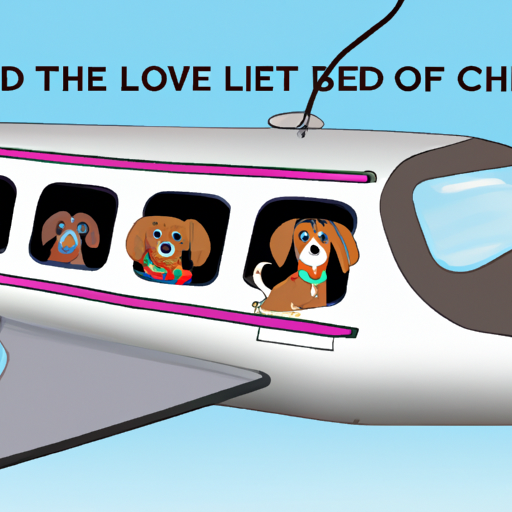Overview
You’re planning a trip and you can’t bear the thought of leaving your furry friend behind. The good news is, airlines have made huge strides in accommodating pet travel. However, getting from point A to B with your canine companion isn’t as simple as buying an extra ticket. In this article, you’ll discover how dogs are transported on planes, what you need to prepare, and how to ensure your dog has a safe and comfortable journey.
Pre-flight Preparation
Before you even book your flight, there are a few things you need to consider:
-
Check Airline Policies: Not all airlines are pet-friendly, and those that are have specific rules and restrictions. Some airlines allow small dogs in the cabin, while others only allow them in the cargo hold. Also, certain breeds may be prohibited from flying due to health risks.
-
Visit Your Vet: Prior to traveling, it’s essential that your dog is healthy and fit for the journey. Your vet can conduct a thorough check-up and provide any necessary vaccinations.
-
Prepare a Travel Crate: Your dog’s travel crate needs to be airline-approved, secure, well-ventilated, and spacious enough for your dog to stand, turn around, and lie down comfortably.
During The Flight
When it’s time to board, there are two main ways your dog can travel:
-
In the Cabin: If your dog is small and the airline permits it, he may be able to travel in the cabin with you. The crate should fit under the seat in front of you, and your dog must remain in it for the duration of the flight.
-
In the Cargo Hold: Larger dogs typically travel in the cargo hold, which is pressurized and temperature-controlled. Your dog’s crate will be secured to prevent shifting during the flight.
After The Flight
Once the plane lands, you’ll want to retrieve your dog as soon as possible. Most airlines will deliver the crate to a special area in the baggage claim. Ensure you give your dog a good drink of water and a chance to stretch his legs and relieve himself.
Additional Considerations
Keep in mind that flying can be stressful for dogs. Here are some additional tips to make the journey smoother:
-
Training: Get your dog accustomed to the travel crate before the trip. Make it a positive place where your dog feels safe and comfortable.
-
Feeding: It’s recommended to feed your dog a light meal 3-4 hours before departure.
-
Exercise: A good workout before the flight can help your dog relax and sleep during the journey.
Frequently Asked Questions
Q: Can all dogs fly?
A: Not all dogs are suited for air travel. Brachycephalic breeds, like Bulldogs and Pugs, have a higher risk due to their respiratory issues. Always consult your vet before deciding to fly with your dog.
Q: How can I calm my dog during the flight?
A: Familiar items like a favorite blanket or toy can help comfort your dog. In some cases, your vet might prescribe a mild sedative.
Q: What if my dog needs to go to the bathroom during the flight?
A: Some airports have designated pet relief areas. If your dog needs to relieve himself during the flight, absorbent pads in the crate can help.
Q: Can I visit my dog during the flight?
A: No, once the plane is in the air, you’re not allowed to visit the cargo hold.
Traveling with your dog requires a lot of preparation, but seeing your dog’s wagging tail at your destination makes it all worth it. Remember, every dog is unique, so what works for one might not work for another. Safe travels!



